Rewilding is a concept which delights some and angers others.
Tourists were appalled when students in St Andrews marched for more rewilding around the seaside town earlier this year.
Now the debate is heating up again in Courier Country as residents in Carsie called for Perth and Kinross council to ditch their “no-mow” strategy.
And when Kevin Frediani of the Dundee Botanic Gardens said that people need to “rewild their minds”, it stirred more debate among our readers.
Jane Kell, part of the St Andrews Environmental Network, argues for the urgent need for Fife’s “messy” road verges.
“I’m very passionate about it,” she said.
“We have a garden at the rear of the Eco Hub and one of the sections of it is designated to highlight rewilding the benefits of it.
“We want to showcase that it can actually be beautiful.”
“I know that a lot of people criticise the council,” Jane added, “saying they’re just leaving the hedgerows to grow.”
Those opposed to rewilding road verges often say that these “unkempt” areas can encourage littering.
Jane, 65, said: “What I would say is that verges do not cause litter, people do.
“It wouldn’t matter how tidy an area is, people will throw litter down.”
Without rewilding, ‘we won’t be able to survive’
“It is so important to have healthy eco systems when it comes to climate change,” Jane continued.
“We need to have these environments where pollinators can thrive – if we lose our pollinators, we lose our crops, we lose our food.
“A lot of our problems have come from the lack of hedgerows.
“We have damaged spaces and we need to encourage these pollinators back.
“It produces the food chains for the species. If you lose one species, you’re not just losing one species. It’s a whole system and if you affect one bit of it, you affect all of it.”
“We can see the benefits in our own garden,” Jane said.
“It really can look beautiful, but when it comes to wildflowers, these things take a few years to establish and they eventually become self-sustaining.
“Without these road verges and without letting things go back to their natural state, we won’t be able to survive.
“We can’t keep taking things away from the land, we’ve got to start giving back and giving things back over to nature.”
Rewilded space a ‘complete eyesore’ for residents
However, at the other side of the scale, are those who see the rewilded road verges in Fife and beyond as unkempt and unsightly.
Paul Kenyon, of Carsie, Perth and Kinross, started a petition to fight the council’s “no-mow” strategy, which over 70 locals signed.
The petition statement reads “We wish Carsie Green to be fully re-instated to its former glory, by regular grass cutting.”
Paul, 72, explained his opinion of the space which had been left to grow.
He said: “It had become a complete eyesore, it was a blot on the landscape.”
Paul does not think there is any justification for rewilding spaces, “not where the public go and where children wish to play.
“People take dogs for a walk across that little bit of common land.
“And you know, if you’ve got long grass and dog poo in the long grass, and then you go for a walk afterward, you can’t clean the dog mess up in the long grass.”
Paul continued: “There have been two or three instances now where an old carpet and tires and things like that have just been dumped there.
“We’ve never had an instance of it before, it’s just in the last year. And that “no-mow” business has been going on for the last eighteen months or so.”
Paul blames the “no-mow” strategy for the increase in littering and fly tipping at Carsie Green.
He said: “I mean, would you go and fly tip in the middle of a well-kept park? The answer will be no.
“Would you fly tip where it’s unkempt and it looks a disgrace? Probably the answer is yes.”
Rewilding makes green space look like ‘abandoned area’
The “rewilded” space, says Paul, brings no biodiversity benefits.
“Let’s get one thing straight. All there over there is grass and weeds. There are no pollinating flowers.
“There are no bees or butterflies in that particular area.
“And you drive through Perth and you go past Inveralmond and going towards Glasgow, you look at the the embankment along that roadside, it’s just full of ragwort.
“In the good old days, all those bankings would have been either sprayed off or mowed.
“We’re not happy because when you’re driving along the road to turn into Carsie, that green area two years ago was beautiful.
“It was like a lawn. It was mowed very short and you could sit on that bench that they recently put up and enjoy the afternoon.
“It’s just a mess now.
“It looks like an abandoned area that you’d expect to see in an inner city demolition site.
“It’s obviously a cost-cutting exercise.”
What do you think of rewilding?
Let us know in the comments below.
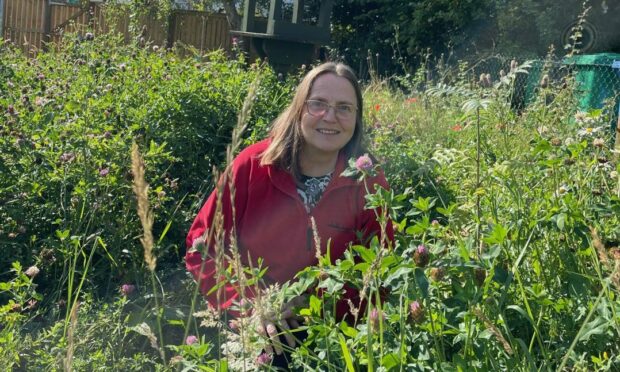

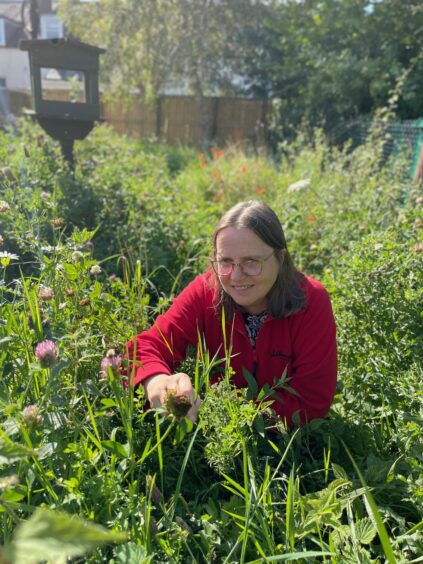
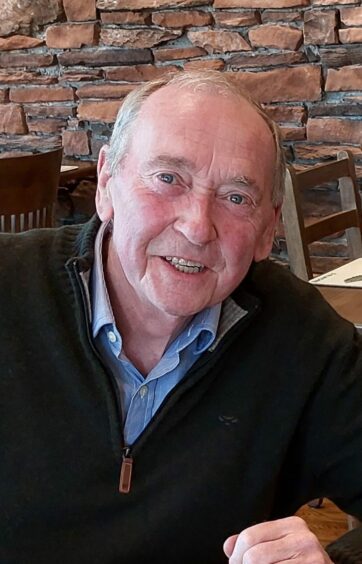
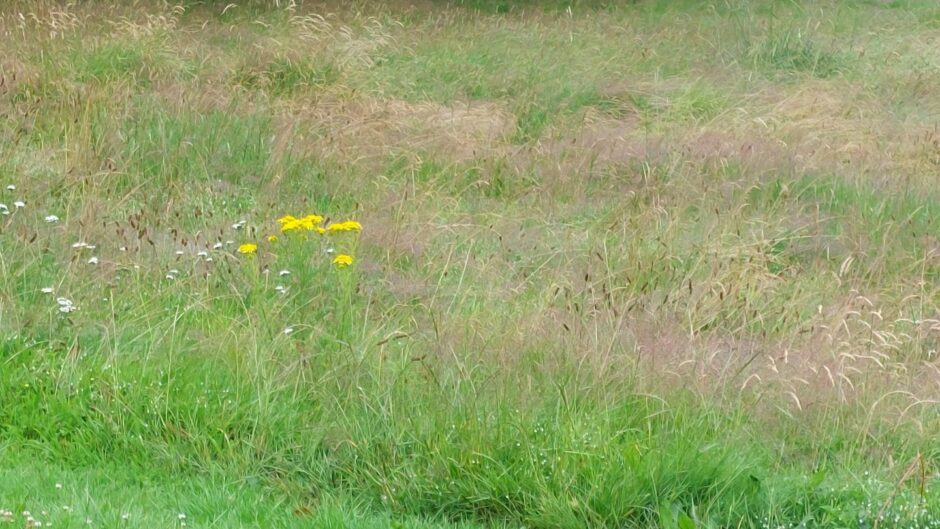
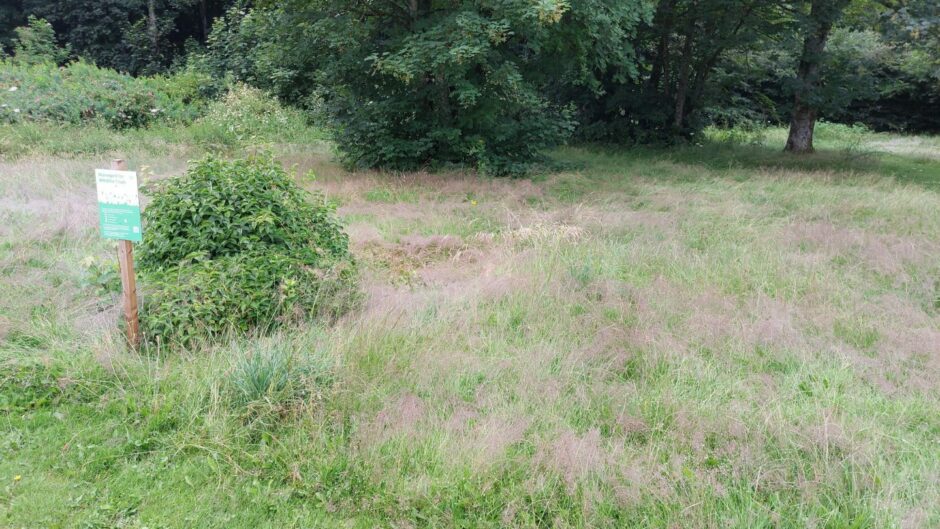










Conversation